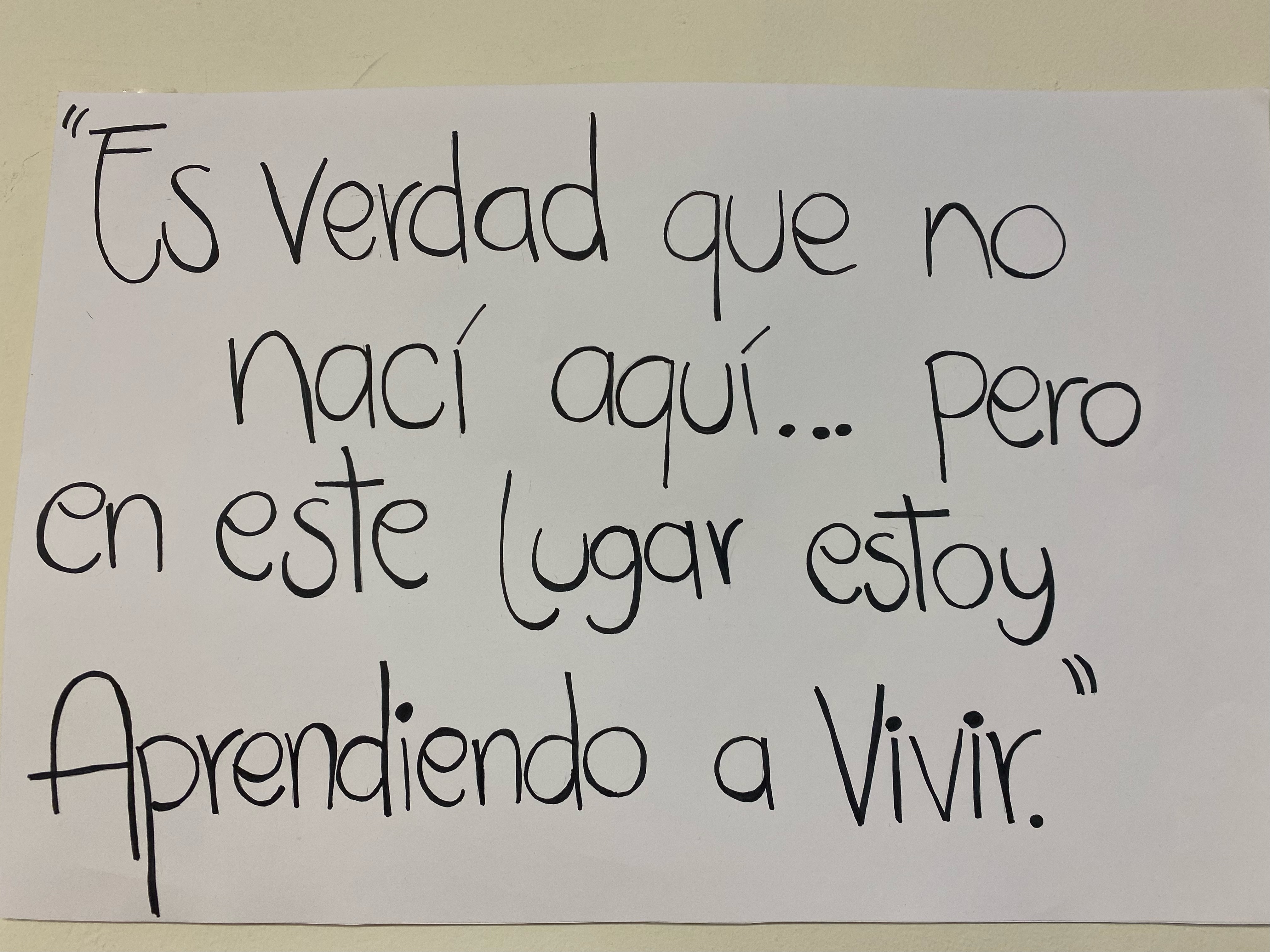Migration Crisis in North America 🇲🇽🇺🇸

A message found in International Rescue Committee (IRC) Office, Ciudad Juarez, Mexico, May 2023
In May 2023, I traveled once again to Mexico, this time heading to Ciudad Juárez, a city on the northern border of the country, where I was tasked with supporting our partners in managing the ongoing migration crisis. The situation on the US-Mexico border had reached critical levels, with thousands of migrants—often referred to as caminantes—seeking to cross into the United States, many of them fleeing from violence, poverty, and persecution in their home countries.
Humanitarian Efforts in Ciudad Juárez
During my visit to Ciudad Juárez, I met with various humanitarian partners, including UNHCR, IOM, and NGOs such as IRC and HIAS. These organizations were on the front lines, providing critical support to migrants who had traveled great distances in search of a better life. I also had the chance to meet with local state and municipal authorities, who were grappling with the increased demand for services and shelter.
Visiting Shelters for Migrants
I visited several migrant shelters both in the city and in its outskirts, where caminantes (also referred to as hopefuls) were staying temporarily while they waited for the opportunity to cross the border into the United States. The shelters were basic, but they offered some respite to those who had been traveling for weeks, sometimes months, in dangerous conditions. I saw firsthand the challenges that migrants face in these shelters, from lack of resources to the emotional toll of uncertainty about the future.
The shelters were often overwhelmed, with hundreds of people in need of food, medical attention, and psychosocial support. The migrants I spoke to had heartbreaking stories—many of them had been traveling alone or with their families, fleeing situations of violence, gang activity, and economic hardship in Central America and Mexico.
Crossing the Border – A Journey of Hope and Uncertainty
One of the most striking moments of the trip was when I had the opportunity to visit the US-Mexico border and see the fence that separates the two countries. The Rio Grande river, which runs along the border, was both a physical and symbolic barrier. Many migrants attempt to cross this river to reach the United States, risking their lives in the process.
I also walked across the international bridge into El Paso, Texas. This was my first time crossing the border, and it was a surreal experience. On the other side of the border in the United States, I visited several migrant support projects run by Caritas and various other NGOs working to support migrants as they arrived in the US. The US side of the border had its own set of challenges, with organizations working to process migrants, provide legal support, and offer temporary shelter.
While in El Paso, I spoke with several caminantes who had successfully crossed the border. Many of them were hoping to seek asylum in the US, but they faced a complicated legal process and often lived in precarious conditions. It was deeply humbling to hear their stories—many of them had faced immense challenges during their journeys, and yet, they still held onto hope for a better future.
Exploring El Paso – A Different Side of the US
I also had two days off in the US, which gave me a chance to explore El Paso and the surrounding area. I took some time to visit Sunland Park (New Mexico), a town near the border, where I appreciated the stark contrast between the US and the Mexican side of the border. The landscapes of west Texas were arid but stunning, with wide desert views and mountain ranges in the distance. It was a part of the US that was unfamiliar to me, but I enjoyed discovering the area and getting a sense of its culture and community.
The Migration Crisis in 2023
The migration crisis at the US-Mexico border in 2023 was one of the most pressing humanitarian challenges in the region. The caminantes I spoke with were part of a larger pattern of migration driven by violence, economic hardship, and climate change. The migrants—many of whom were families and children—faced enormous obstacles, including overcrowded shelters, limited access to legal support, and uncertain futures.
While organizations like UNHCR, IOM, and Caritas were doing their best to provide emergency relief and support, the sheer scale of the migration crisis meant that there was still much work to be done to meet the basic needs of those on the move.
Returning to Panama
After my visit to Ciudad Juárez, I flew to Houston and then returned to Panama City, reflecting on the experience. It was a humbling trip, and it gave me a deeper understanding of the challenges facing migrants at the border. The stories I heard, the struggles I witnessed, and the hope I saw in the faces of the caminantes reminded me of the importance of providing humanitarian support in times of crisis.
Click here to access the album.
